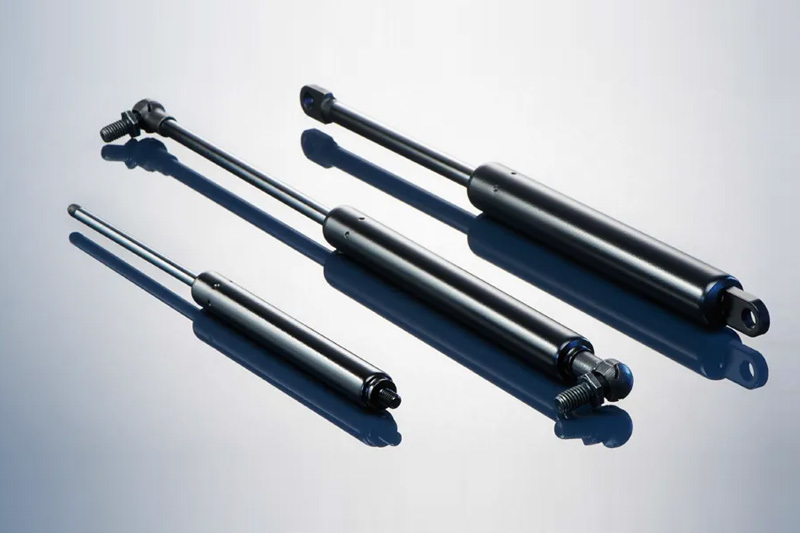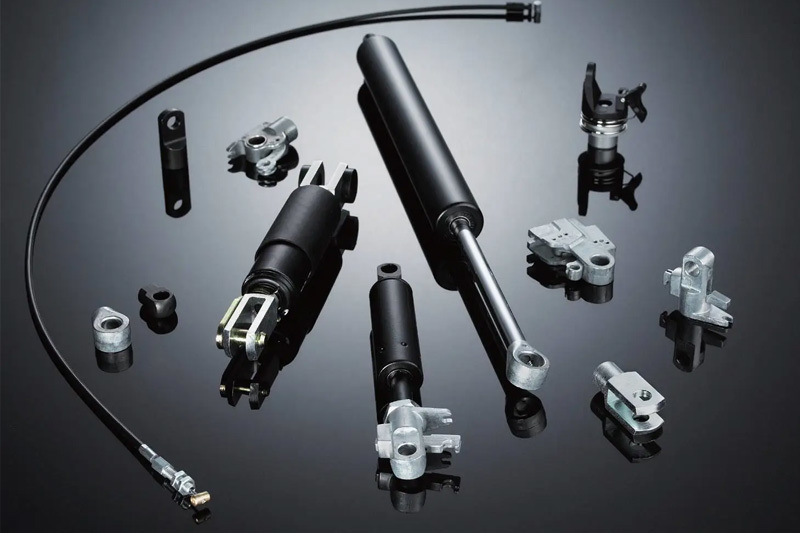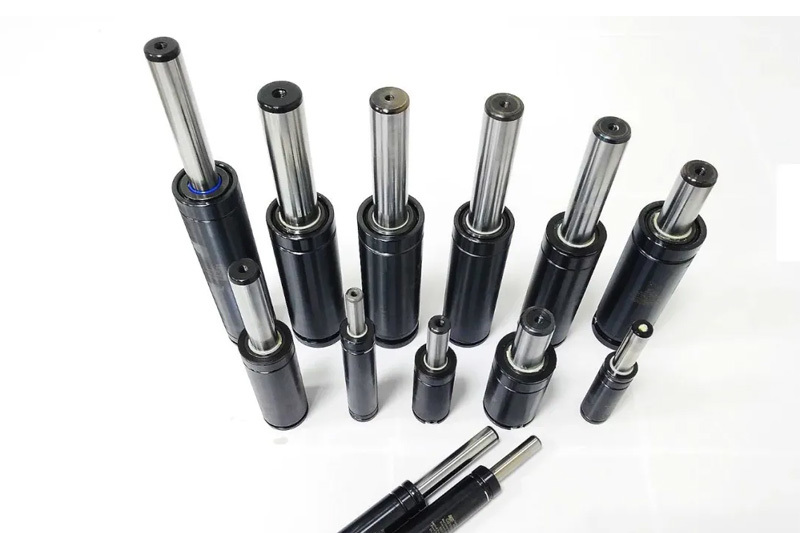Testing method for gas spring pressure
The magnitude of the elastic force can be set by setting different nitrogen gas pressures or piston rods with different diameters.
Release time:
2025-06-01
How to calculate the elastic force of a gas spring? The magnitude of the elastic force f is proportional to the length x of the spring elongation (or shortening), that is, f=kx. The k in the equation is called the stiffness coefficient of the spring, and the stiffness coefficient of different springs is generally different. This law was discovered by British scientist Hooke and is called Hooke's Law. A gas spring is a component that can provide support, cushioning, braking, height adjustment, and angle adjustment functions. At present, this product has been widely used in fields such as medical equipment, automobiles, furniture, textile equipment, and processing industries. According to different characteristics and application fields, gas springs are also known as support rods, angle adjusters, air pressure rods, dampers, etc The basic principle of a gas spring is to press inert gas and oil, or a mixture of oil and gas, into a closed chamber. A gas spring is an elastic component that uses gas and liquid as working media. It consists of a pressure tube, a piston, a piston rod, and several connecting components. The interior of the gas spring is filled with high-pressure nitrogen gas. Due to the presence of a through-hole inside the piston, the gas pressure at both ends of the piston is equal, while the cross-sectional area on both sides of the piston is different. One end is connected to the piston rod while the other end is not. Under the action of gas pressure, pressure is generated towards the side with a smaller cross-sectional area, which is the elastic force of the gas spring. The magnitude of the elastic force can be set by setting different nitrogen gas pressures or piston rods with different diameters.
Previous Page
Next Page
Previous Page
Next Page
Latest information







